Strength is often celebrated. People admire those who stay calm, carry the weight, and never complain. But what happens when that role becomes too heavy? What happens when being the strong one slowly eats away at your own well-being? This is the silent strain many carry. It’s invisible from the outside, but inside, it leaves you exhausted, lonely, and unsure of how much longer you can keep going.
Why We Learn to Be Strong
Strength isn’t always a choice. Sometimes life forces itwhen families lean on you emotionally or when work expects you to hold it together.Society praises individuals who always remain composed.Over time, this becomes an identity. You are ‘the one’ others depend upon. You rarely show your own fear or sadness because you believe it’s unsafe or unacceptable. But enduring everything isn’t the same as emotional health.
The Hidden Costs of Always Being Strong
On the surface, strength looks admirable. Inside, it carries a price!
- Exhaustion – Constantly carrying others’ burdens drains your energy.
- Resentment – You give so much that you begin to feel unseen or taken for granted.
- Loneliness – People assume you are fine, so they rarely check in on you.
- Loss of self – You forget what you need while meeting everyone else’s needs.
This kind of strength isn’t sustainable. It chips away at your ability to feel joy, to rest, and to be authentic.
Why Society Glorifies Strength
Cultures across the world reward self-sacrifice. Parents are told to always put children first.Women are often praised for staying calm under pressure. Men are told to hide tears. Showing vulnerability is too often misread as weakness. So, people push their feelings down and pretend to cope. Over time, the mask becomes second nature. But no mask can stay in place forever.
Society rewards this image of strength because it creates order and predictability. When people suppress emotions, families run smoothly, workplaces stay productive, and social expectations are met without disruption. Caregivers who put others first are admired because they uphold collective stability. In short, society glorifies strength because it serves the group, even if it hurts the individual.
Survival Mode vs. Real Strength
Many confuse survival with strength. Survival is when you push feelings aside, stay busy, and keep moving. It helps you get through hard times. But survival is not meant to last forever. Real strength looks different. It is when,
- Admitting you are tired.
- Allowing yourself to cry.
- Asking for help when you need it.
- Saying no to something that drains you.
Strength is not about silence. It’s about honesty and transparency.
Spotting the Survival Mode in Yourself
- Do I often feel drained but keep going anyway?
- Do people rarely ask how I am because they assume I’m fine?
- Do I hide my sadness, anger, or fear because I feel guilty showing it?
- Do I struggle to say no, even when I’m overwhelmed?
If the answer is yes to one or more of these, you may be stuck in survival mode.
Practical Ways to Lighten the Load
- Notice your patterns. Catch the moments when you criticize yourself or ignore your needs. Awareness is the first step to change.
- Practice softer self-talk. Speak to yourself the way you would to a close friend. Replace harsh words with gentle encouragement.
- Practice visible vulnerability. Share one small truth about your state, like ‘I’m tired today,’ in safe spaces. The act of being seen interrupts the cycle of carrying everything alone.
- Rest without guilt. Schedule downtime like you would a meeting. Joy and rest are not rewards; they are fuel.
- Set small boundaries. Start with one area of life where you feel drained. Say no there first. Each boundary builds strength.
- Seek professional support. Therapy, coaching, or healing can help you process what survival mode has buried. Having support makes the journey lighter.
A Question to Ask Yourself
Next time you feel the urge to hold everything together, pause and ask:
“Am I doing this from true strength, or am I just surviving?”
This one question can shift everything.
Frequently Asked Questions
Q1. How do I know if I’m carrying the “strong one” role?
A: If people always come to you for support but rarely check on you, or if you hide your own struggles to avoid being a burden, you may be in this role.
Q2. Is showing emotions a sign of weakness?
A: No. Emotions are natural signals. Expressing them honestly is a sign of self-awareness and courage, not weakness.
Q3. Why do people praise strength if it can be harmful?
A: Society often values control, sacrifice, and composure. While these traits can be helpful, over-relying on them without balance can harm mental and emotional health.
Q4. How can I start breaking this cycle without feeling guilty?
A: Begin small, say no once, take a short break, or share how you feel with one trusted person. Small steps reduce guilt and slowly build a healthier balance.
Q5. Can a professional really help make a difference?
A: Yes. Therapists, coaches, and healers provide tools and safe spaces to unpack emotions you may have suppressed for years. Support shortens the journey to healing.
Q6. What does true strength look like?
A: True strength is being authentic. It means knowing when to lean on others, resting without shame, and giving yourself the same care you give others.
Being strong is admirable, but not when it means silencing your own needs. Real strength lies in honesty, balance, and allowing support. By recognizing the silent strain, setting boundaries, and practicing self-compassion, you free yourself from survival mode and reconnect with your true self, strong, authentic, and whole.
Reach Dr. Chandni’s support team at +918800006786 and book an appointment.
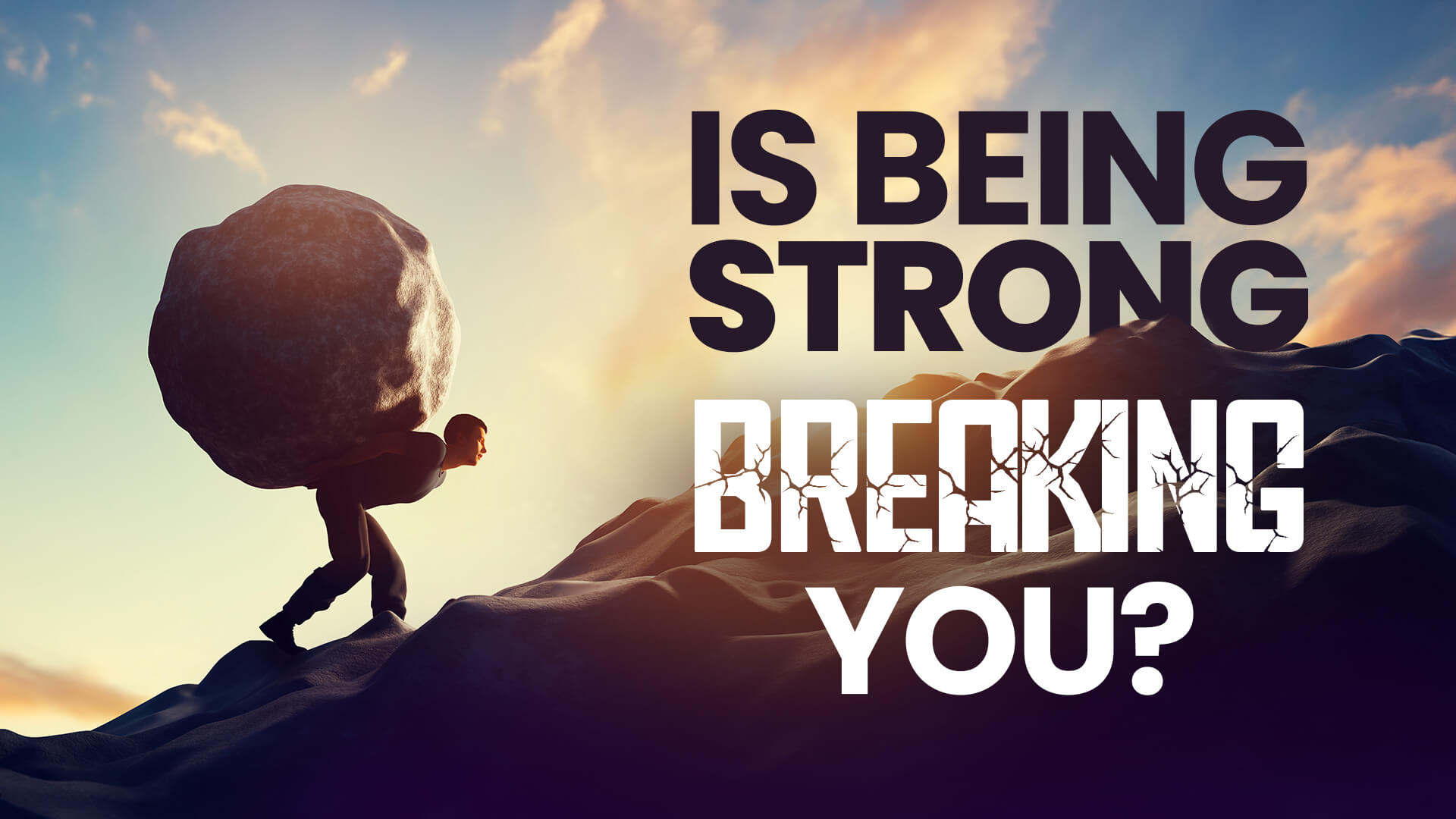
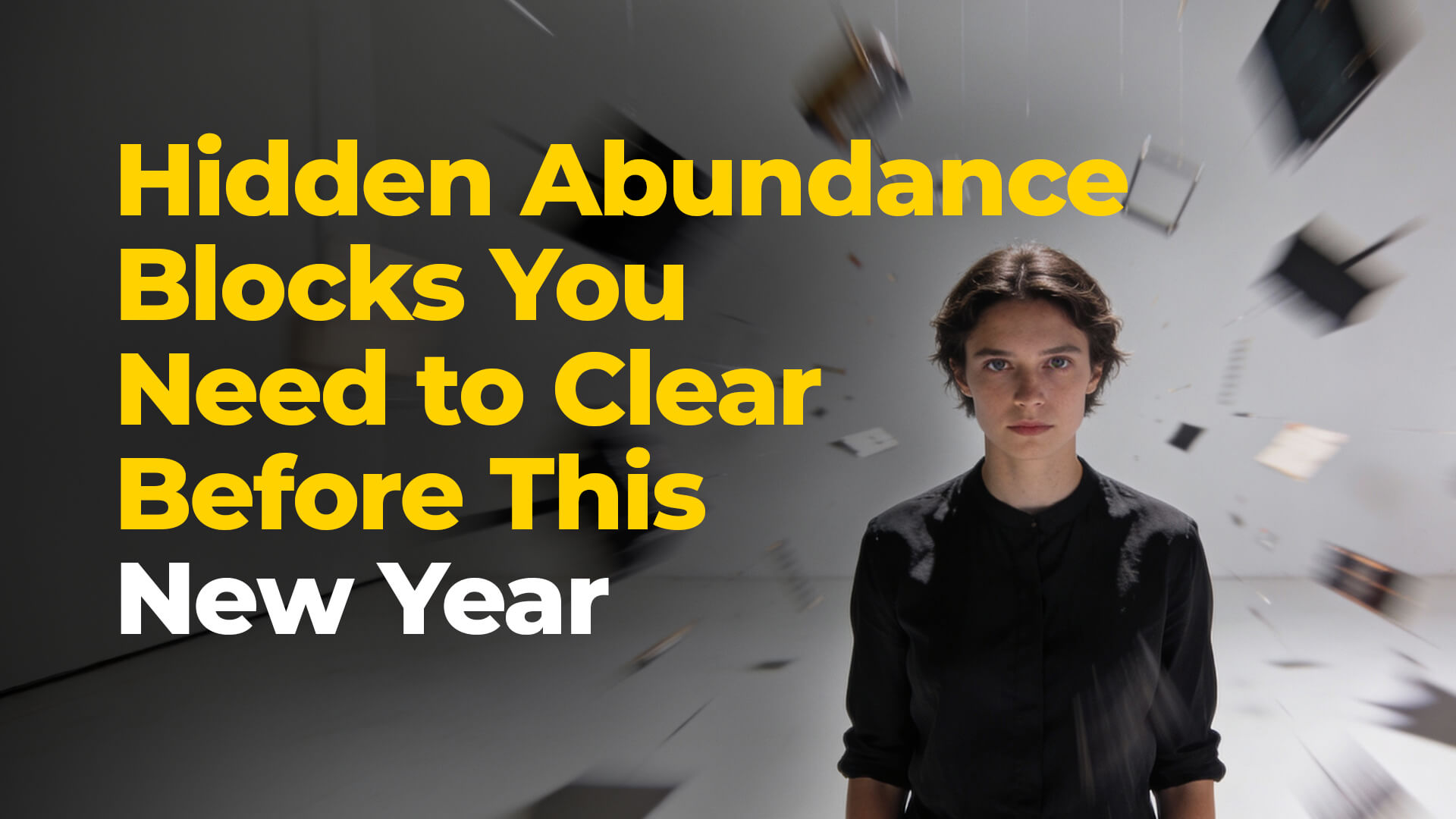

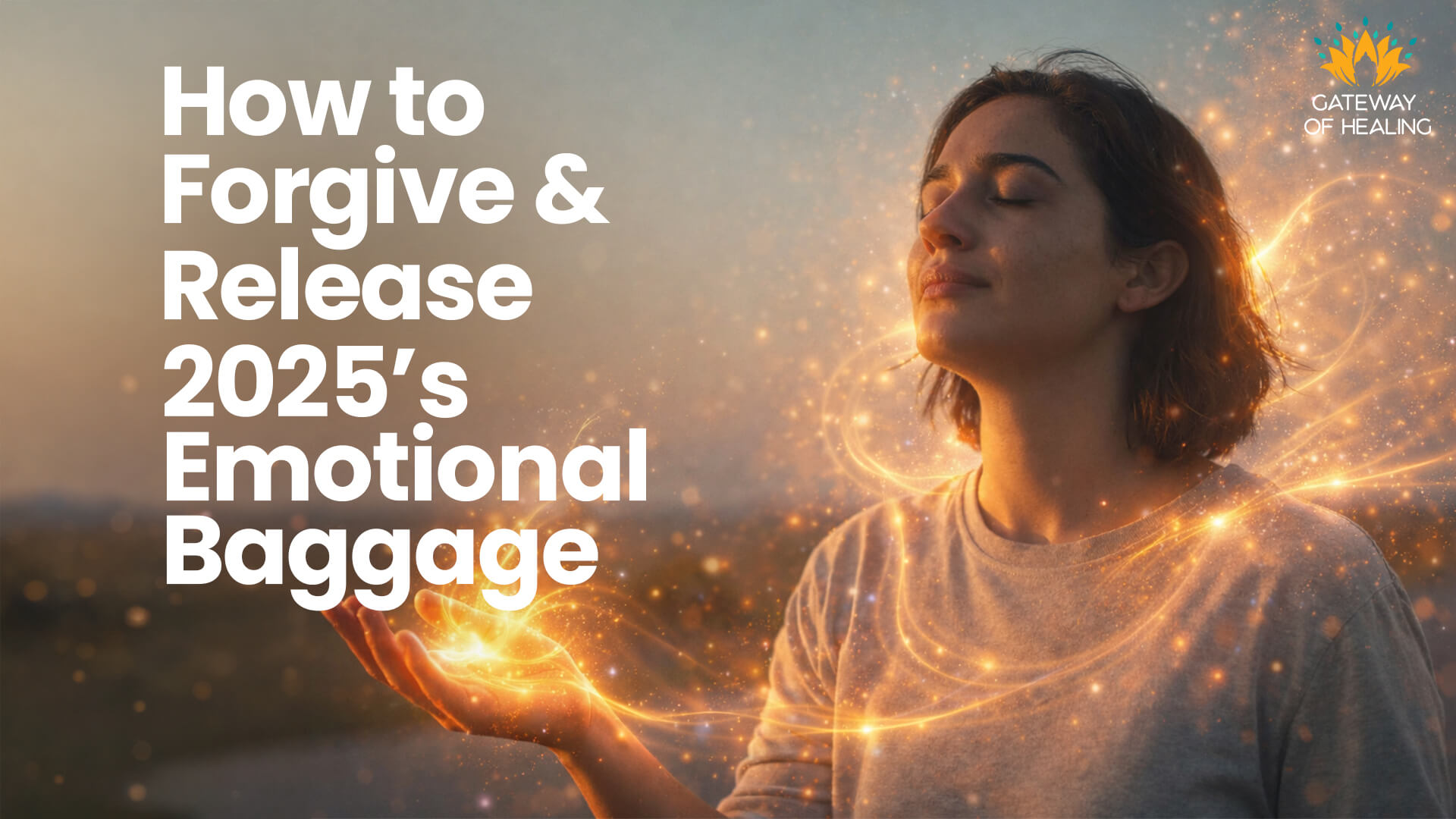

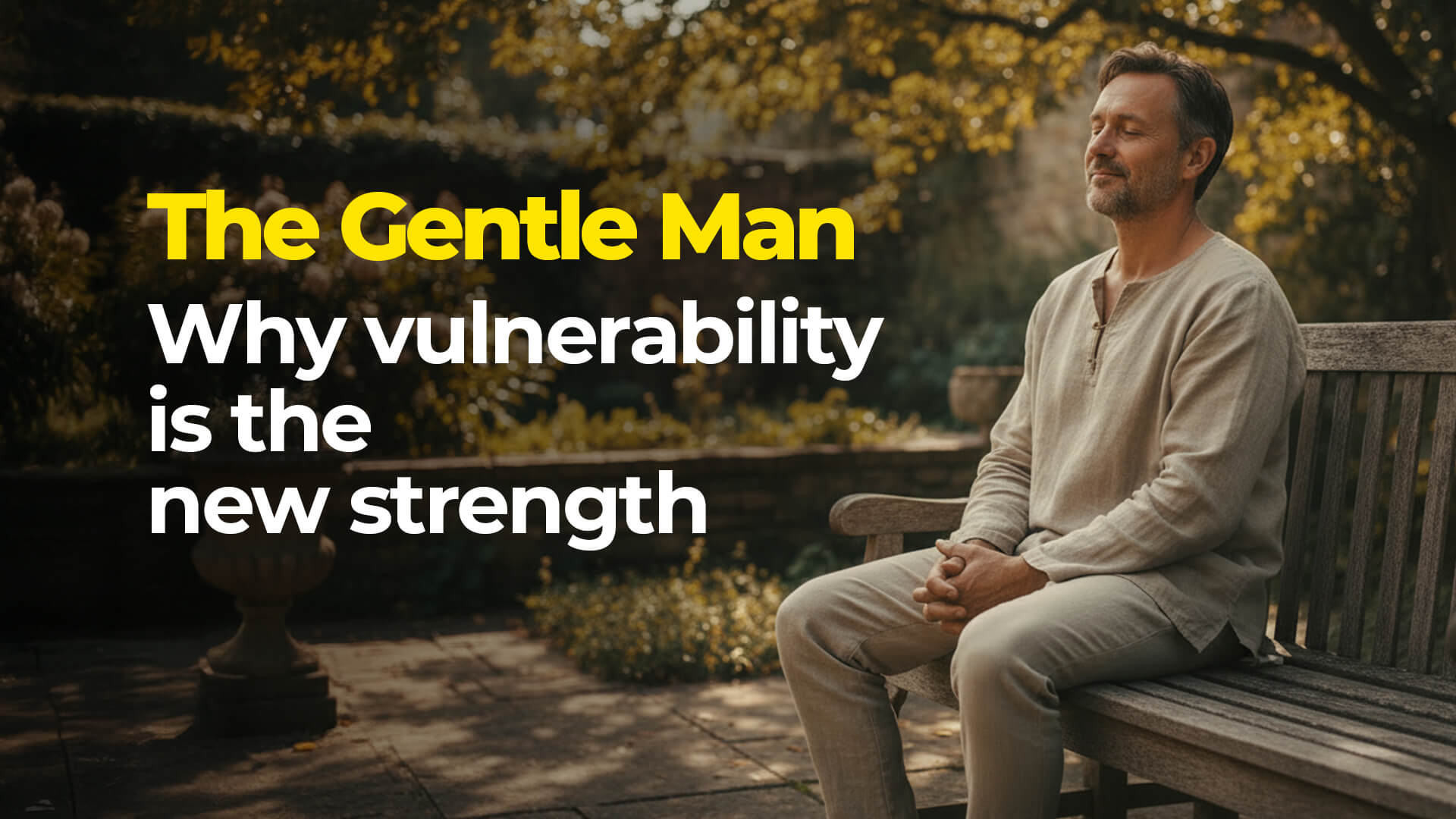
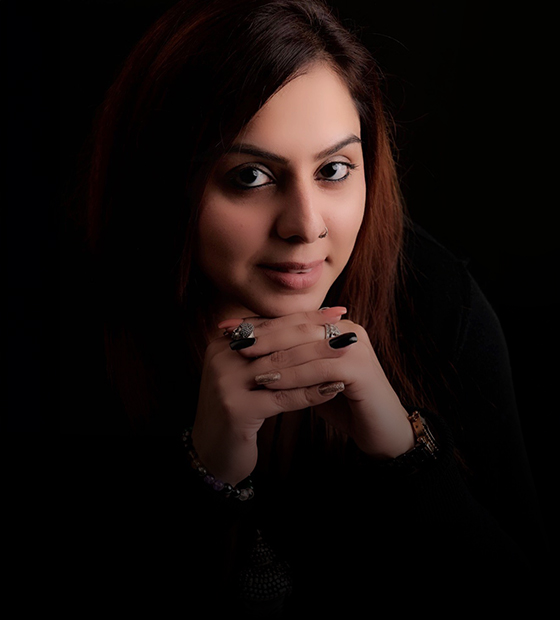
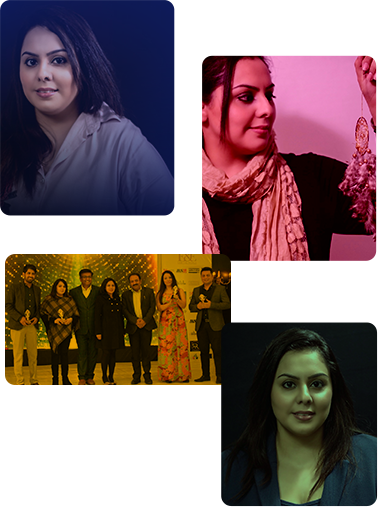











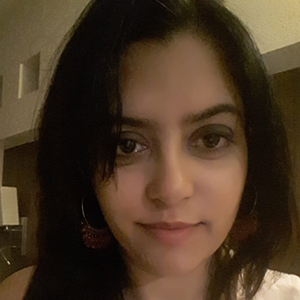
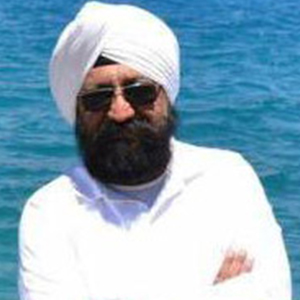

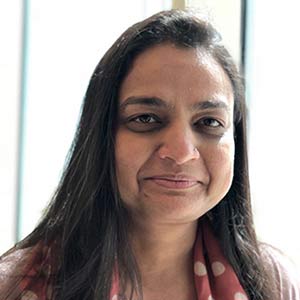
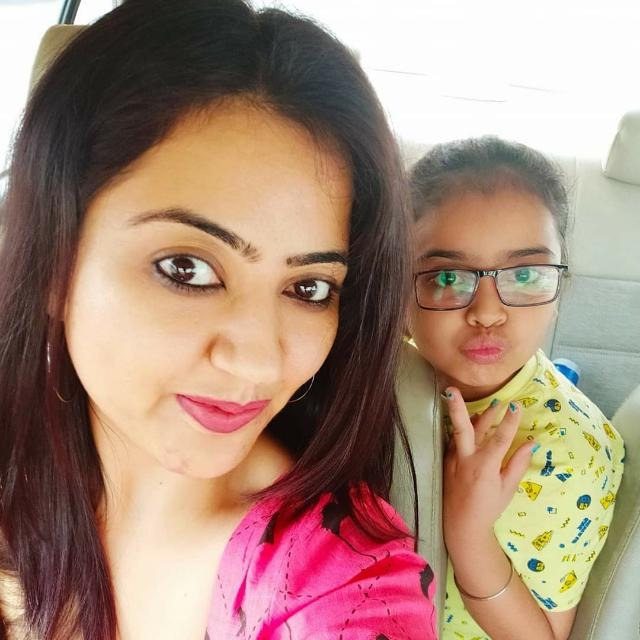



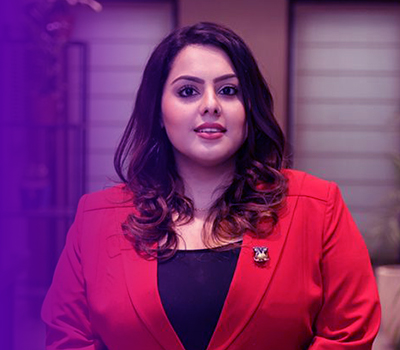


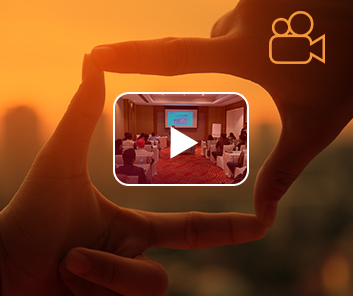
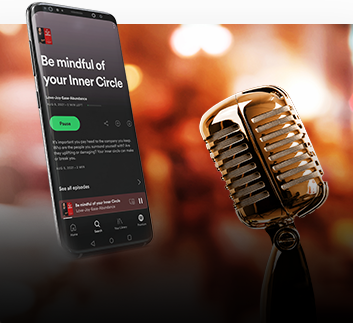

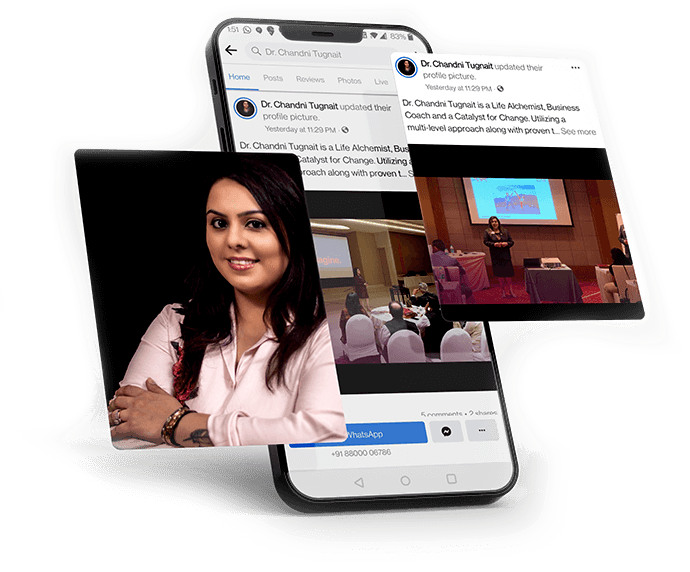
This blog is a mirror I needed to look into. Thank you.